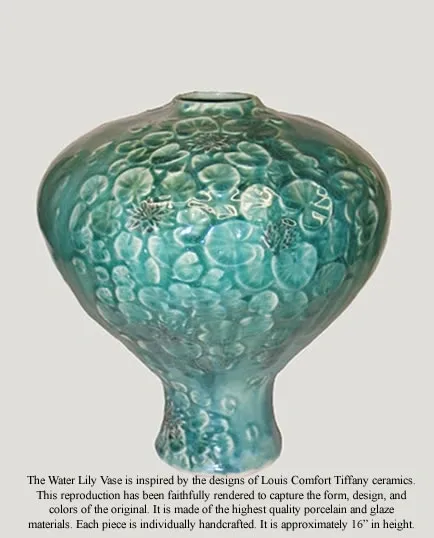
Discover the Artisanal Charm of
Handcrafted Ceramics

Materials
All of the work is made from either an ebony stoneware clay or porcelain. What does this mean? Clay is found all over the world, and it comes in many different types.
There are three types of ceramics: earthenware, stoneware, and porcelain, all of which are clays, with many variations within these categories. Earthenware and stoneware occur in nature, but porcelain is extremely rare (most of the time, porcelain is man-made.) All clay is stronger after it has been fired. (The glass particles, yes, there is glass in the clay that melts and bonds with the other components in the clay body to create a stronger piece.) Earthenware, despite the firing, will still remain porous after a firing. Whereas stoneware & porcelain because of the higher glass content, are made watertight.
Glaze
The glazes are all food-safe, dishwasher-safe, and microwave-safe. In addition, they contain no barium nor lead. I strive for safety in all the materials used to create glazes that are safer after being fired. "If it is potentially toxic after the glaze firing, I don't want to work with it." All glaze materials are toxic in their raw state, but after melting into glass, they are safer.
Process
In the world of ceramics, artists tend to classify themselves by the type of clay they work with and the process they use. By these standards, I would be a Stoneware/ Porcelain thrower. I have never liked the constraints of labels. Much of my work is individually thrown by hand on the potters' wheel. I often incorporate traditional hand-building techniques to alter a wheel thrown form. In certain instances, I will convert a concept (hand-built, wheel-thrown, or carved form) into a slip-cast process to bring an idea to a more accessible price point.